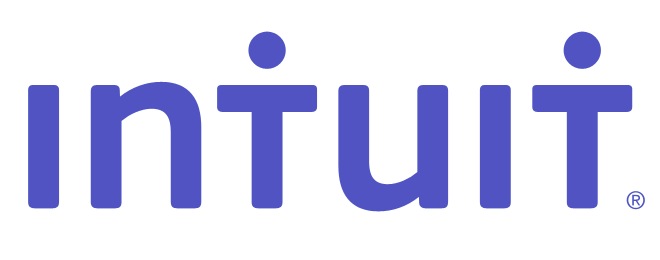
Intuit
Intuit has driven its expansion strategy from out-of-the-box software to connected services with almost 65 percent of revenue and a five-year SaaS compound annual growth rate of 27 percent. We started small in 1983 with Quicken personal finance software. Now in our third decade, our revenue tops $4 billion, and Intuit is recognized as one of America's most-admired software company with a full suite of customer-driven innovations. And, you'll discover an award-winning culture and entrepreneurial atmosphere, as we strive to be a "Best Employer" year-over-year.